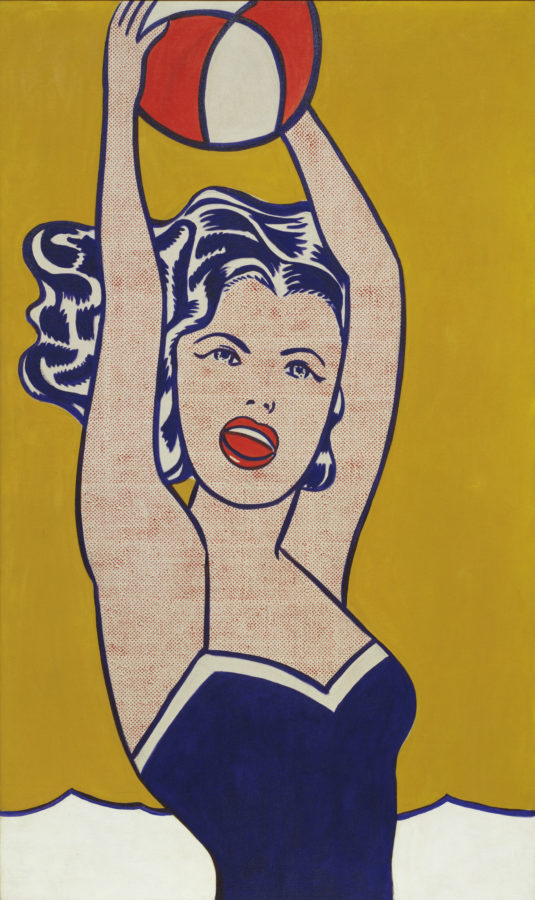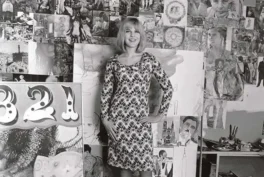Pop art is popping up again! Yet this time, it won’t at all reveal the mechanisms of the modern society with its mass product, celebrities and media hegemony. This time I want to show you that Pop Art, with Roy Lichtenstein’s art in particular, referenced not only the contemporary times, but it also drew from the history of art.
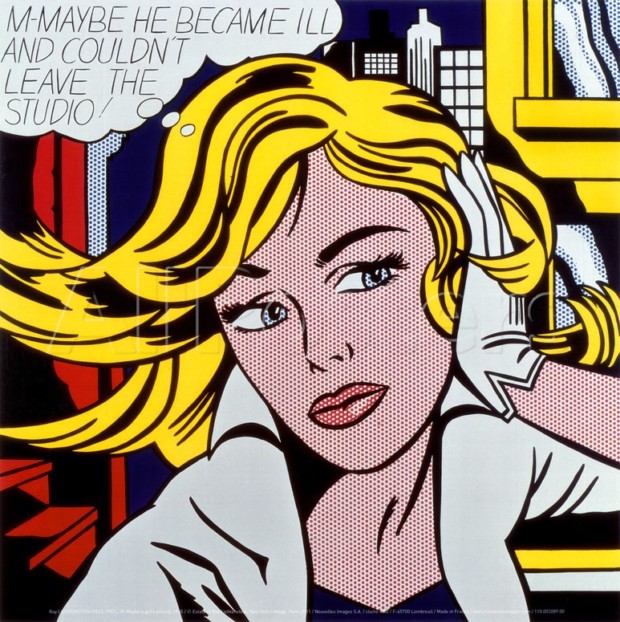
What comes first to you when you read Roy Lichtenstein? I feel I’m jumping into the world of my childhood, full of comic books and Hollywood movies that I was too small to get. And I absolutely aspired to be the blonde girl from M-maybe… And although Lichtenstein directly referenced the comics, he had a much more serious and solid foundation for his paintings… Are you ready for a little Roy Lichtenstein art quiz?
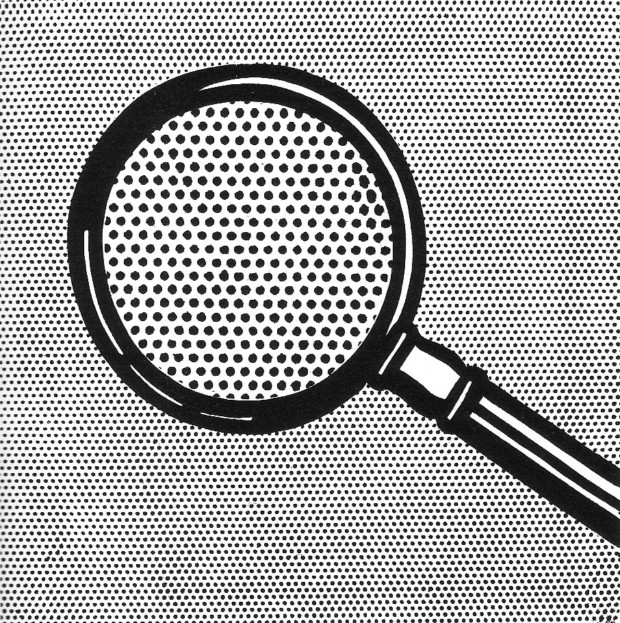
As you know, Lichtenstein painted his works, he did not screenprint them as Warhol. However, in his painting technique he wanted to emphasize the particular nature of images printed in press, typical for their Ben-Day dots.Doesn’t this technique remind you of somebody…?
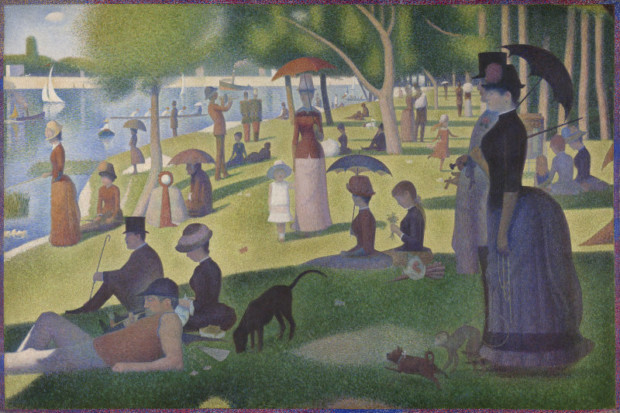
Yes, Georges Seurat had exactly the same technique eighty years before him! Fuelled by different reasons but still counts!
In the 1960s Lichtenstein embarked on a project of reproducing masters such as Cézanne, Mondrian and Picasso. Do you recognize whose work is this one?
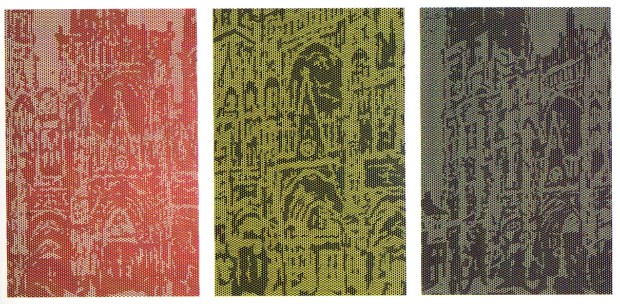
Yes, it’s Monet’s Rouen Cathedral series!
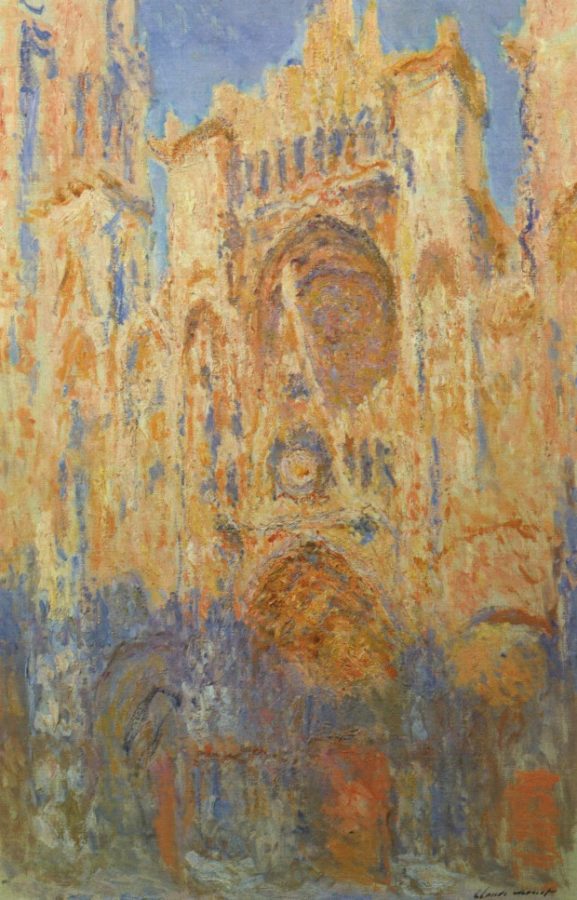
Now it’s time for something more difficult, less obvious. Prepare:
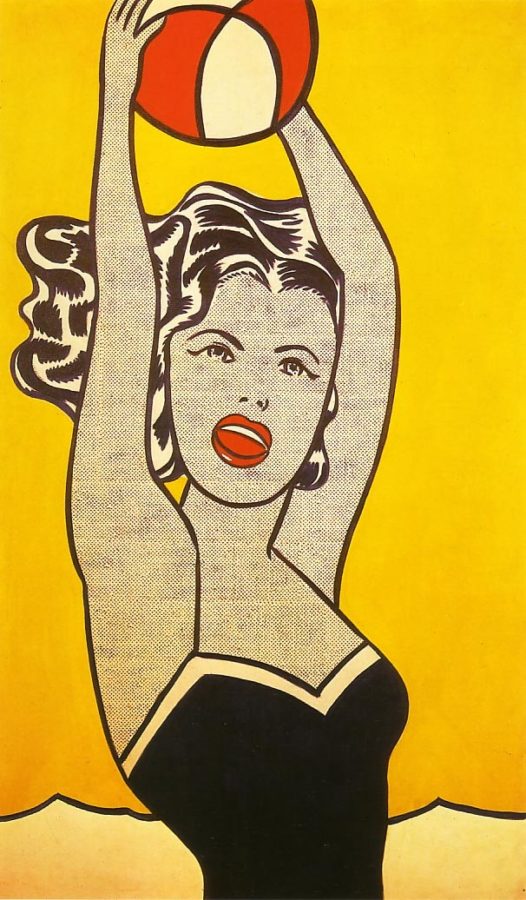
It’s referencing a detail from Henri Matisse’s Joy of life. The shape of a standing girl with her arms up in the air is very close to Matisse’s one. The monochromatic background of a bright colour is another typical feature.
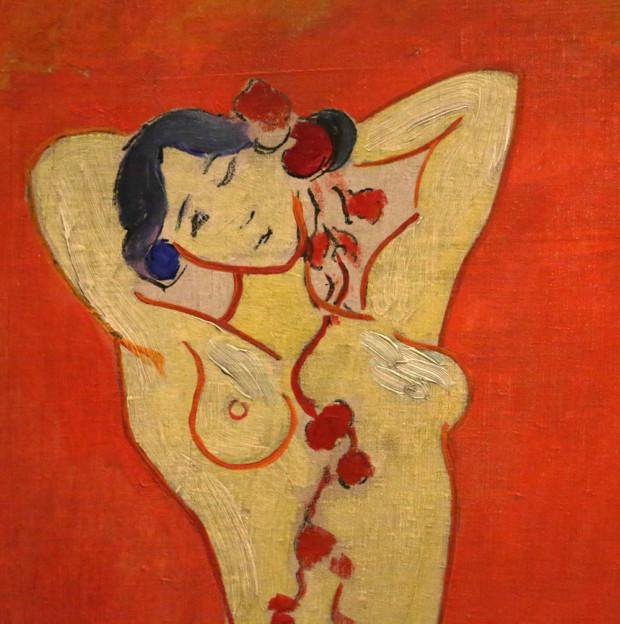
It cannot always be that easy… I’ll give you a cue for the final one: it’s referencing an Italian Futurist (you know I have a weakness for them) and the work has even the same title:
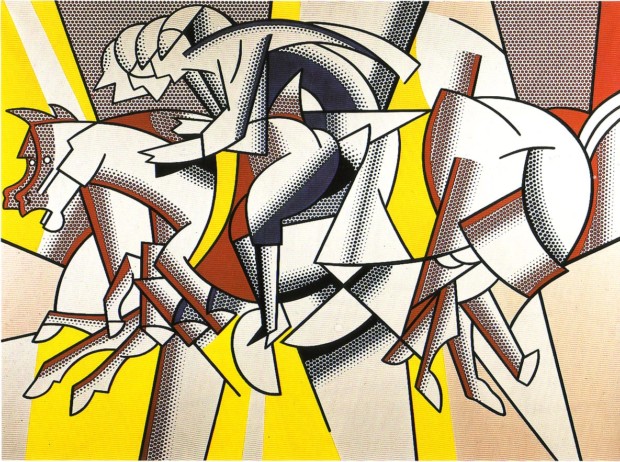
It’s Carlo Carra:
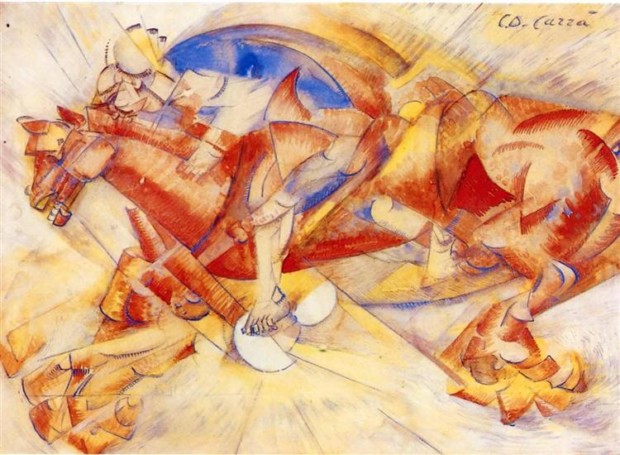
In the 1990s Lichtenstein revisited his project and re-painted the works of such famous artists as van Gogh, Degas and Kirchner.
